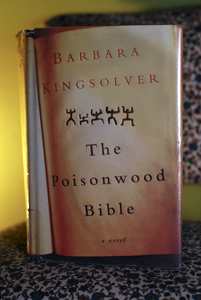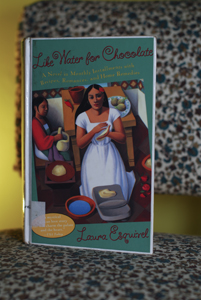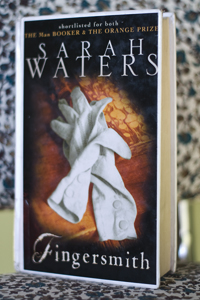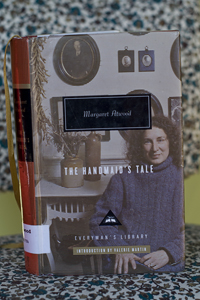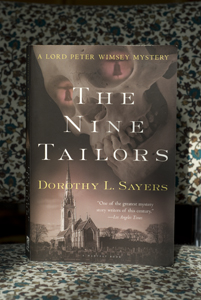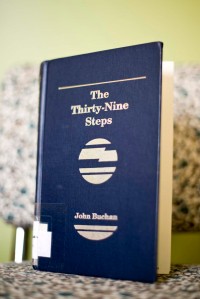 This book was nothing more than a Choose-Your-Own-Adventure book without the choices. Buchan details too precisely each step his hero takes to elude his would-be capturers.
This book was nothing more than a Choose-Your-Own-Adventure book without the choices. Buchan details too precisely each step his hero takes to elude his would-be capturers.
The plot? Cliché-city! Richard Hannay: an out-of-work soldier. A mysterious American appears, begging for help, fearing for his life. The man is killed and Richard–unable to turn to the police as he is the prime suspect–flees with the American’s coded diary, assuming various disguises to outwit the murderers, a faceless group called Black Stone.
Hannay is an early version of all our spy heros, but one-dimensional, a bit too capable and a mite too lucky. Forgettable.
